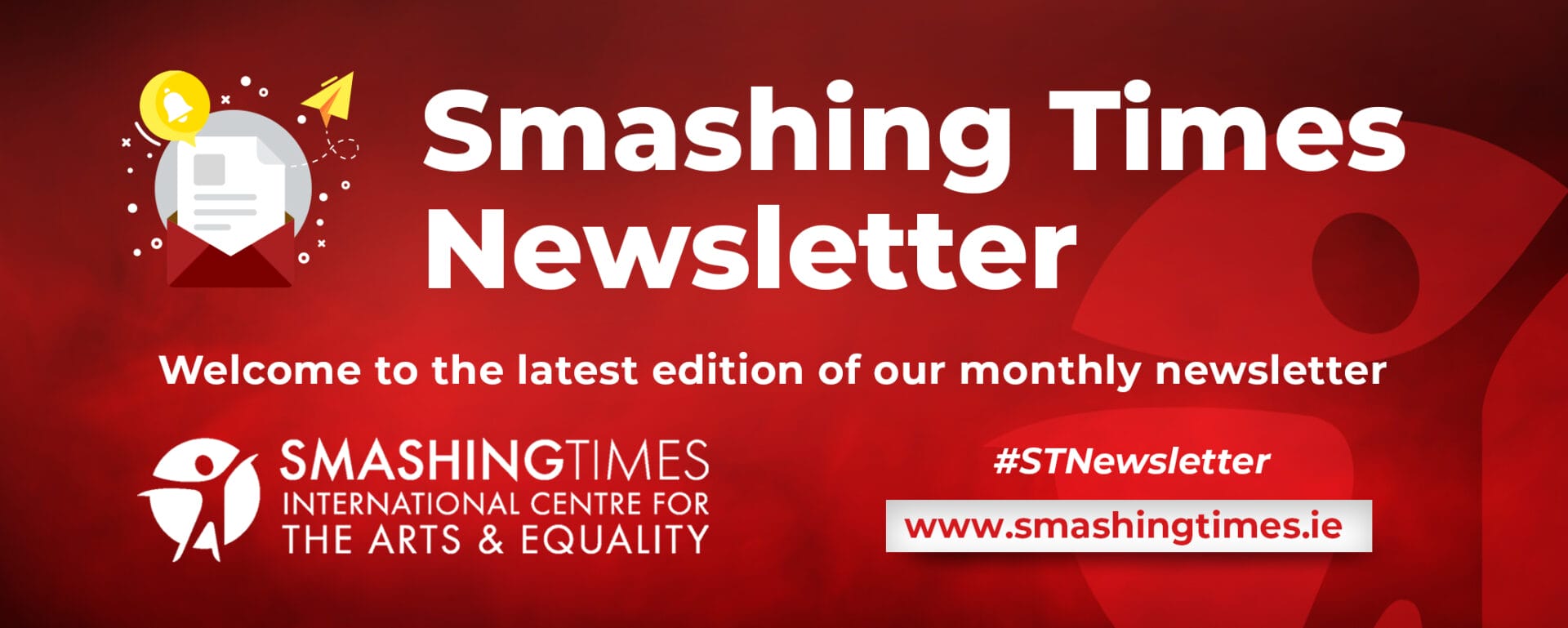|
For individuals and organisations in the arts and human rights
EFFEA CALL: Submit your residency proposal
The European Festivals Fund for Emerging Artists (EFFEA) is a system built to empower festivals and offer emerging artists a platform to establish themselves on the international stage. EFFEA is an initiative of the European Festivals Association. The deadline is 19 March, 2024. Click here to apply.
The Caterpillar Poetry Prize 2024
If you are over 16, this event is seeking poems written by adults for children. It is open to everyone worldwide. The first prize is €1000, second €500, and third €250, and they will feature in the Irish Times online. The deadline is 31 March, 2024. Click here to apply. Arts Grant Funding
The purpose of Arts Grants Funding is to ensure that there is a breadth of high-quality arts activity and programmes throughout the country. It offers flexible support for a fixed period of time, and in so doing responds to the needs of those who are making, presenting, and supporting work. The deadline is 5:30pm on 14 March. Click here to apply. Culture Night Late
Culture Night Late is designed to support events that will begin after 9pm and continue late into the night on Culture Night, Friday 20 September, 2024. The award is offered in partnership with the Department of Tourism, Culture, Arts, Gaeltacht, Sport and Media under the Night Time Economy Taskforce to offer audiences a greater diversity in their Culture Night experience late into the night, and to encourage more inclusive and innovative late-night arts events suitable for a range of audience types into the future. The dealine is 17:30 on 7 March, 2024. Click here to apply.
Job Opportunities and Tenders
Summer Camp Leader at Designer Minds
This represents a fantastic experience for teachers, special needs assistants, early childhood experts, and professionals with a background in the STEAM subjects. It is an opportunity to develop skills in a vibrant and forward-thinking educational environment. The deadline is 1 March, 2024. Click here to apply.
Dance Assessment and Advisory Services
The Arts Council seeks tenders from suitably qualified service providers to provide Dance Assessments and Advisory Services. The services sought are primarily to appraise and assess applications, provide critical advice on work, and provide advice on policies and programme implementation. The deadline is 12 noon on 6 March, 2024. Click here to apply.
Operations & Programme Coordinator (Dublin)
Irish Theatre Institute (ITI) is looking for an enthusiastic, motivated individual to join their team. Irish Theatre Institute (ITI) wishes to appoint an Operations & Programme Coordinator on a one-year fixed-term contract to work on a busy programme of events, artist services and support, and information provision. The deadline is 7 March, 2024. Click here to apply. Publications and Images Coordinator
The National Gallery of Ireland is Ireland’s major national cultural institution devoted to the collection and care of fine art. The Gallery wishes to recruit a permanent Publications and Images Coordinator. The deadline is 6 March, 2024. Click here to apply. |





















